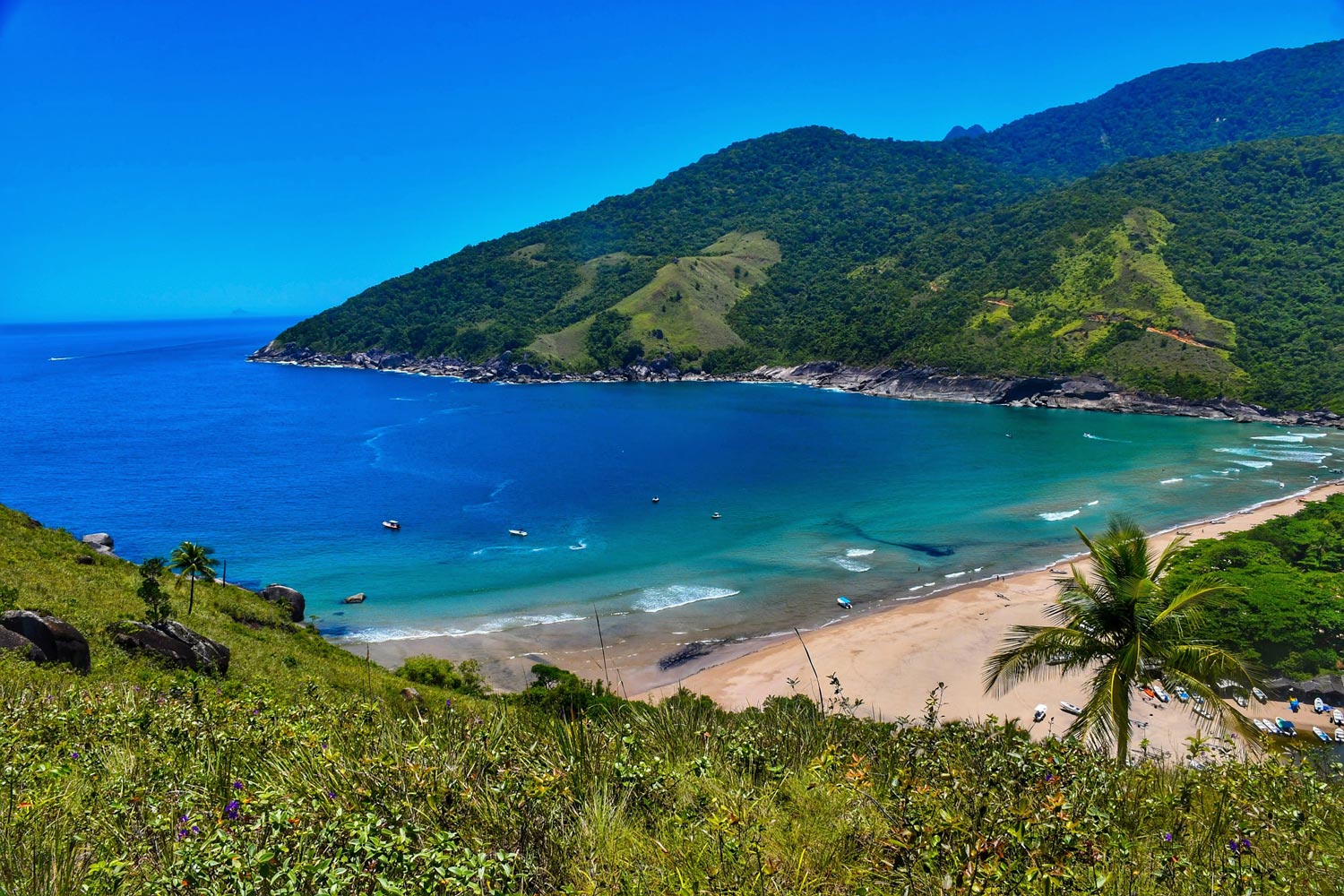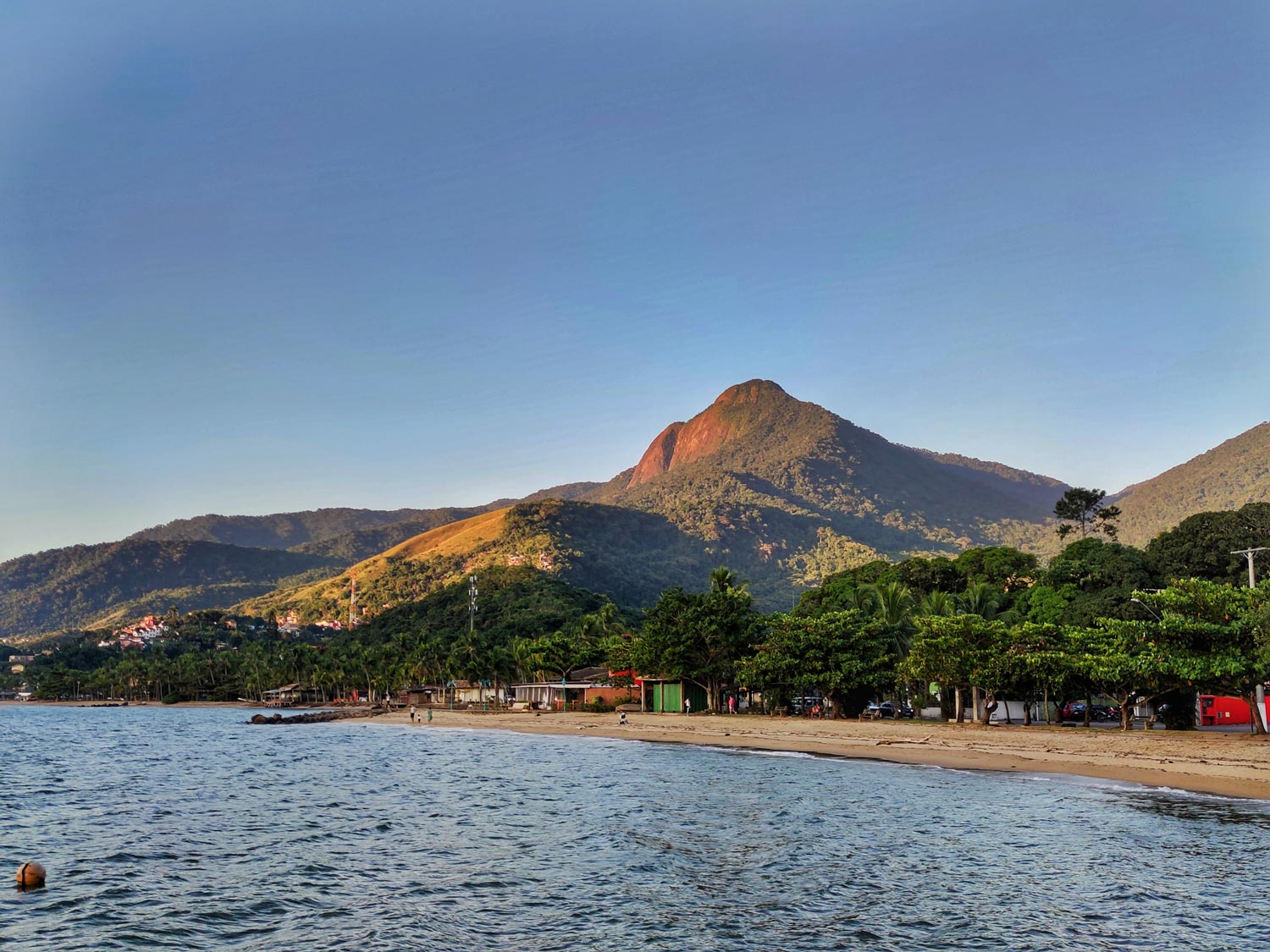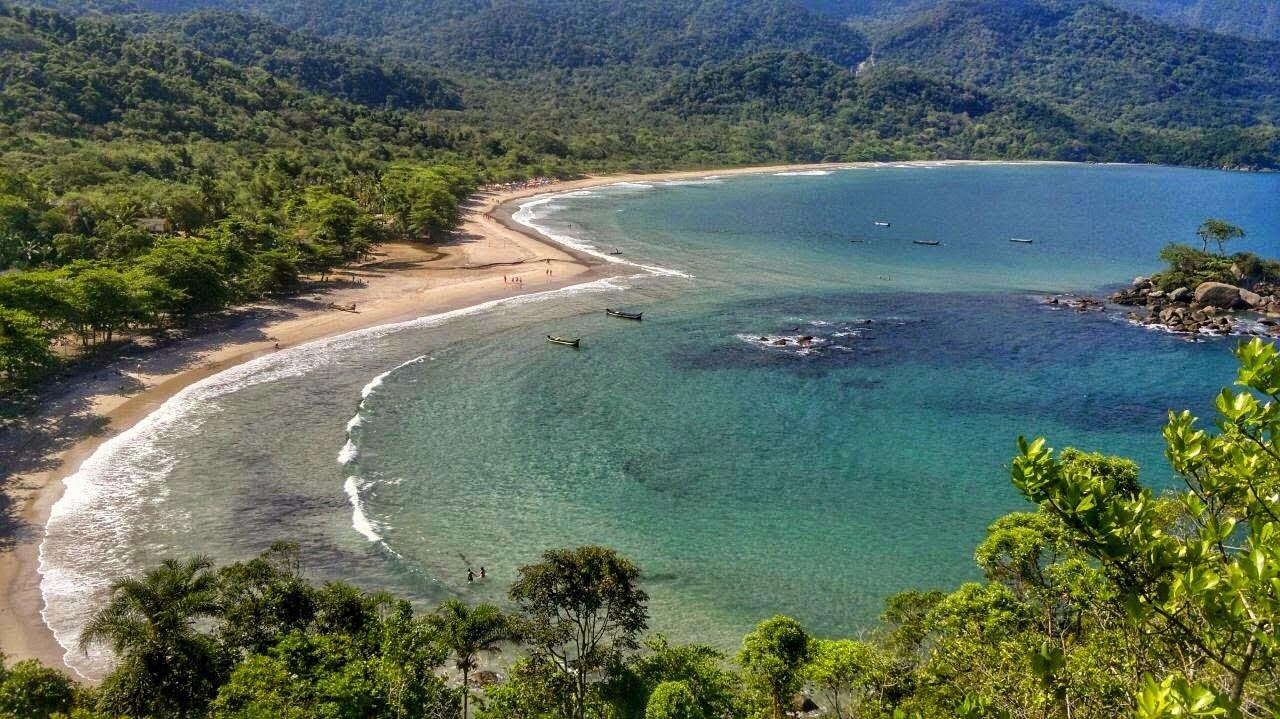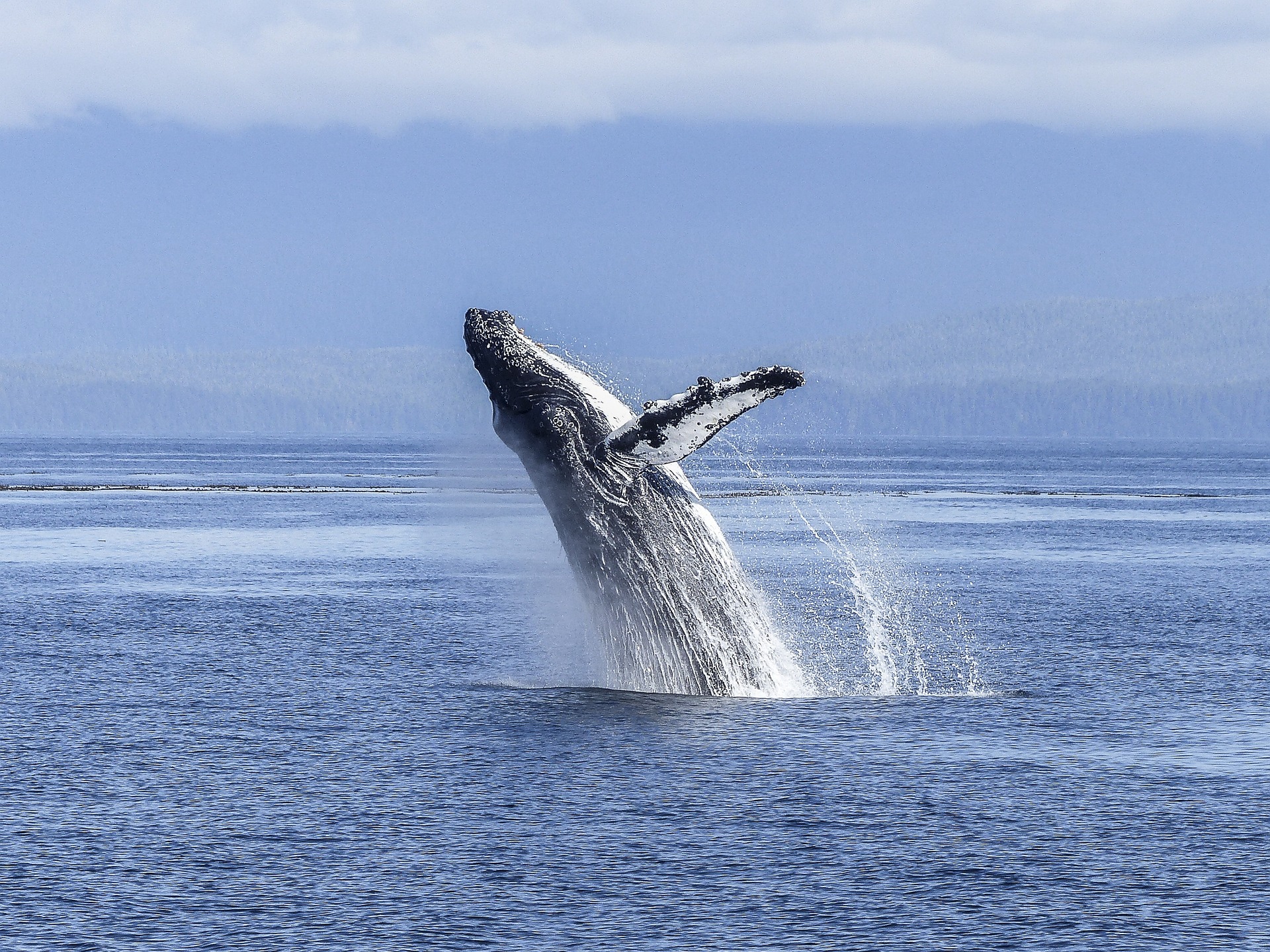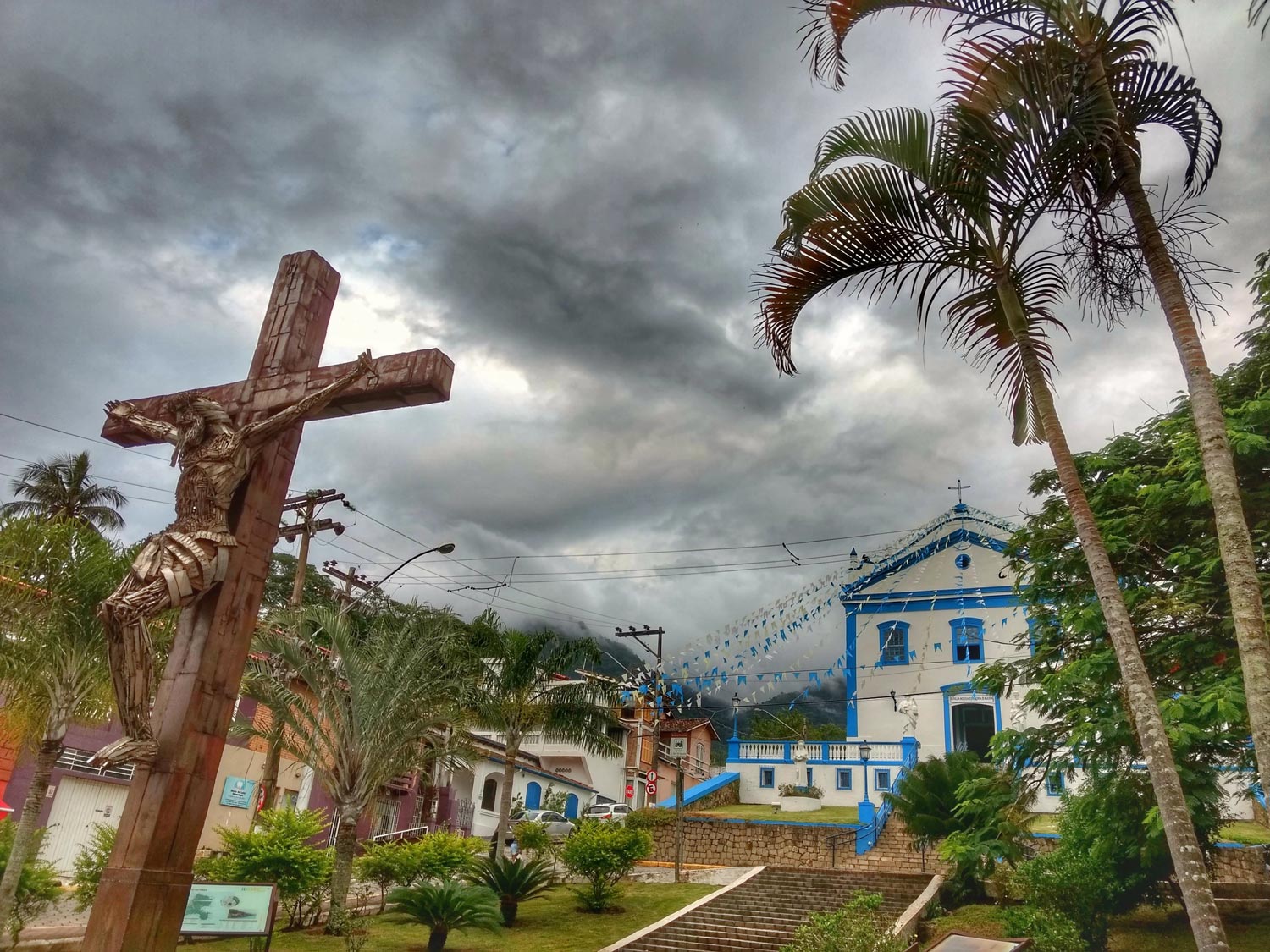
Walk through the Historic Center
Every tourist city has its nighttime gathering spot. And in Ilhabela, it’s no different. The island was discovered in 1532 and for a long time was a place of sugar mills for the production of cachaça. Many of the buildings in the Village date back to this time. The main church, the old courthouse, and other historic buildings give the downtown a unique charm, offering countless options for shops, cafes, bars, and restaurants. It’s also where events take place, such as the Ilhabela Jazz Festival and the Ilhabela International Sailing Week. If interested, 1.5km from the downtown area is the Engenho D’Água Farm. Listed as a Historical Heritage site, it’s the most significant symbol of the sugar mill era in Ilhabela and has a small museum inside. There’s no better way to end your day after enjoying all the experiences the island offers.

